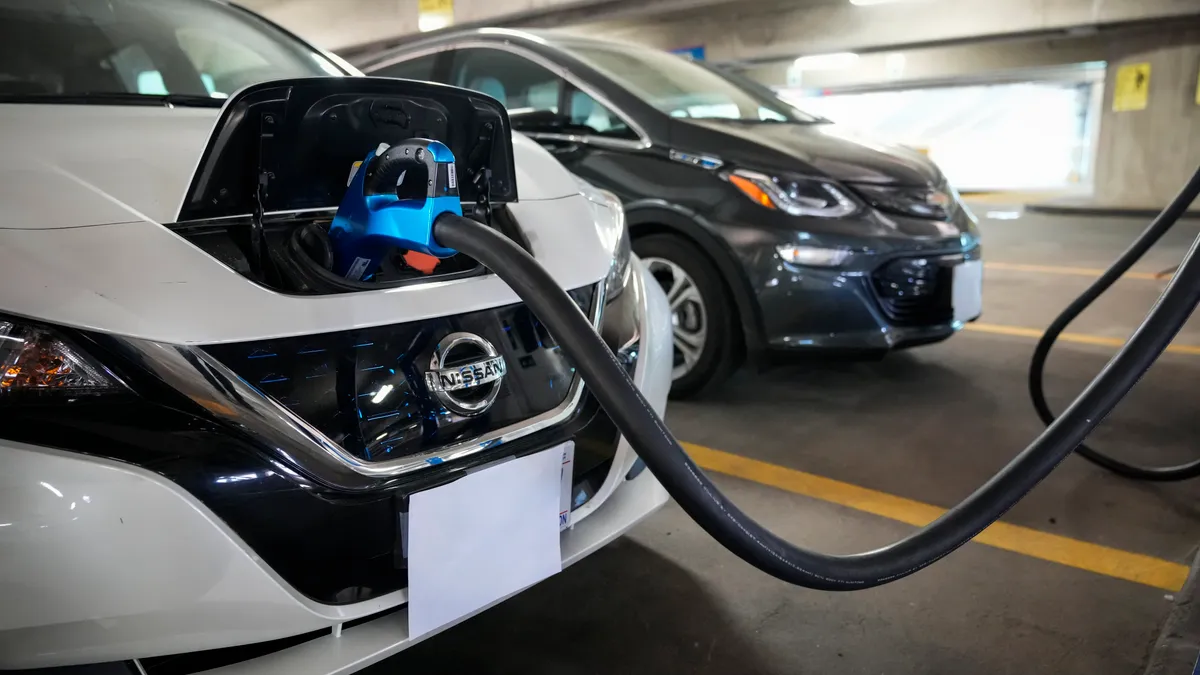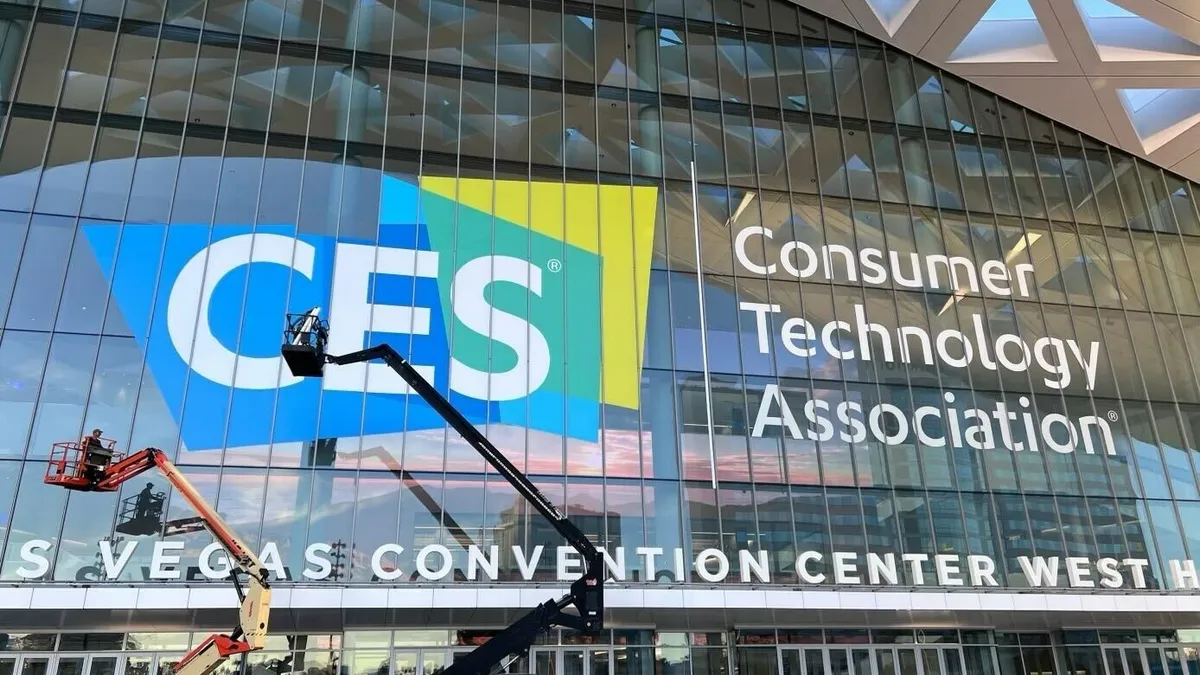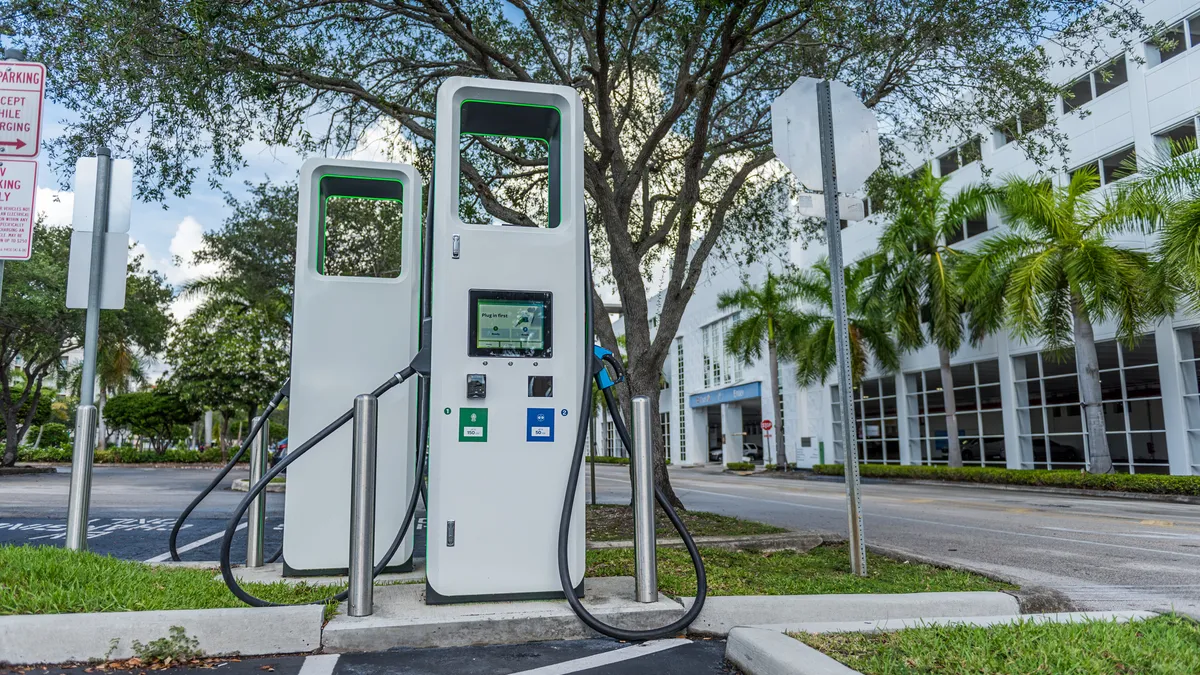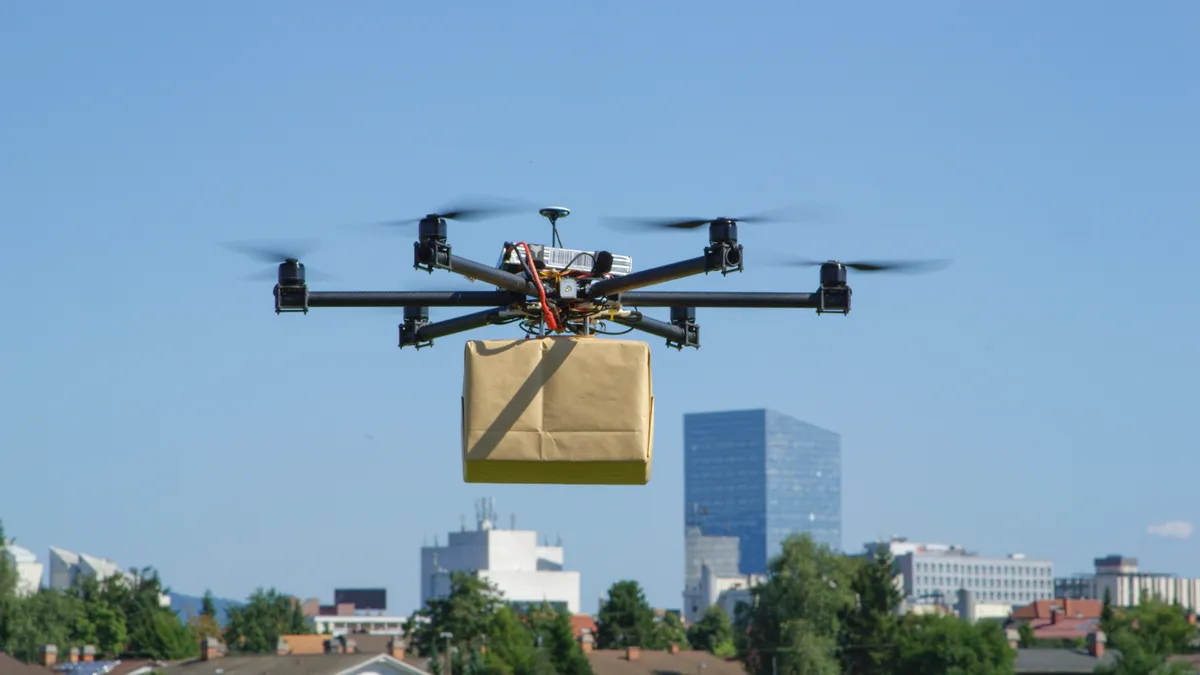Sales of electric vehicles in 2022 grew 65% over the previous year, topping 800,000 vehicles for the first time, according to data from Kelley Blue Book published Friday. EVs represented 5.8% of all light vehicle sales last year, an increase of 3.2% from 2021.
Along with the growth in EV sales are a growing number of electric vehicle charging stations. In the second quarter of 2022, the most recent data available from the National Renewable Energy Laboratory, the number of public charging ports grew 5.1%. In 2021, the number of public and private charging stations climbed 55%.
The number of public chargers grew the most in the mid-Atlantic region in the second quarter of 2022, although the largest percentage growth in charging ports per 100 EVs took place in Michigan and Maine, according to an NREL report released in December. California continues to lead the nation in the number of public charging ports.
Major charging suppliers continue to grow their products and footprints. At the CES trade show this month, Blink Charging introduced five new fast chargers, while ChargePoint announced that it will develop 400 new charging stations across the U.S. in collaboration with Mercedes-Benz and MN8 Energy, a solar energy provider. The chargers will be open to all EV drivers and will be “colocated with amenities” such as retail stores and coffee shops, said ChargePoint Chief Product Officer Bill Loewenthal in an interview at CES.
But according to NREL data, most public charging ports are found in suburban locations. Urban areas lag the growth in chargers seen in both rural and suburban areas. The total number of chargers available to residents in multifamily housing halfway through 2022 was just 1,092. Although that number has been growing steadily over the past few years, it remains just a small fraction of the more than 120,000 public chargers in the NREL count.


















